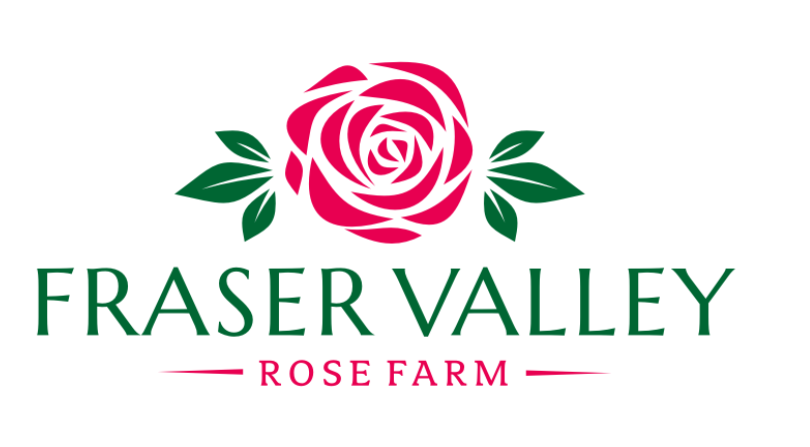Not everyone wants a Lavender field. Okay, most people could probably be convinced to accept a country estate in Provence if it were part of an inheritance. So I’ll rephrase that: not everyone has the space or desire to grow their own field of lavender. But fit a few plants into their own landscape or containers? Yes, I think just about anyone could manage that. Which variety you should choose depends both on your climate and what qualities you want in the plants: fragrance, size, foliage, hardiness. Let’s look at the choices:
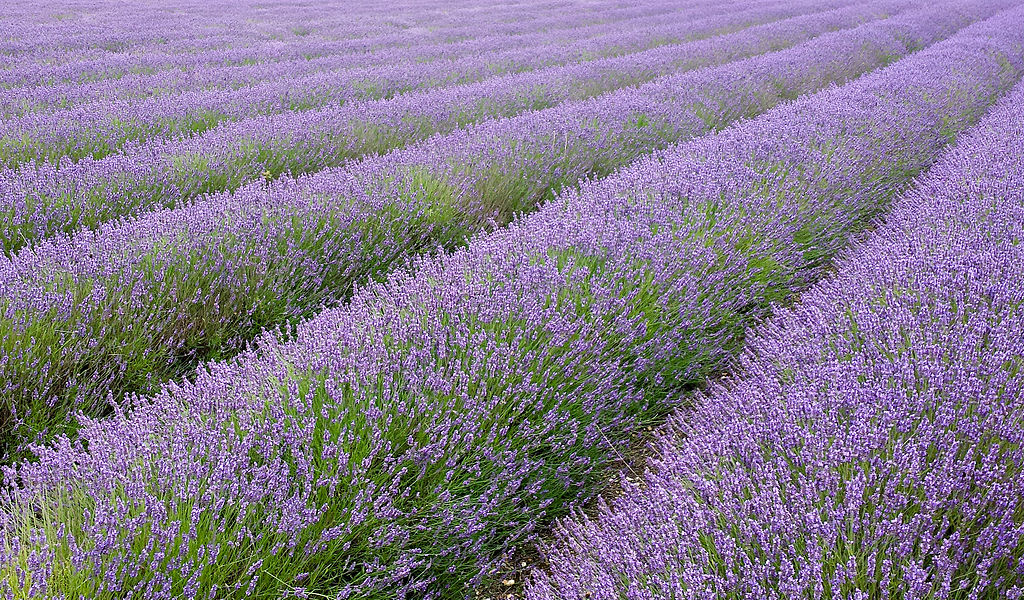
Lavandula angustifolia (English Lavender) – I put this at the top of the list for fragrance. It’s a widely adaptable shrub, hardy down to roughly zone 5. This is widely grown for commercial perfume and stem production. The flower is tidy and well-formed, available colors ranging from white through pink, lavender and purple. There are many popular cultivars, and more introduced each year, but some classic choices are ‘Hidcote’, Munstead’ and ‘Edelweiss’ (white).
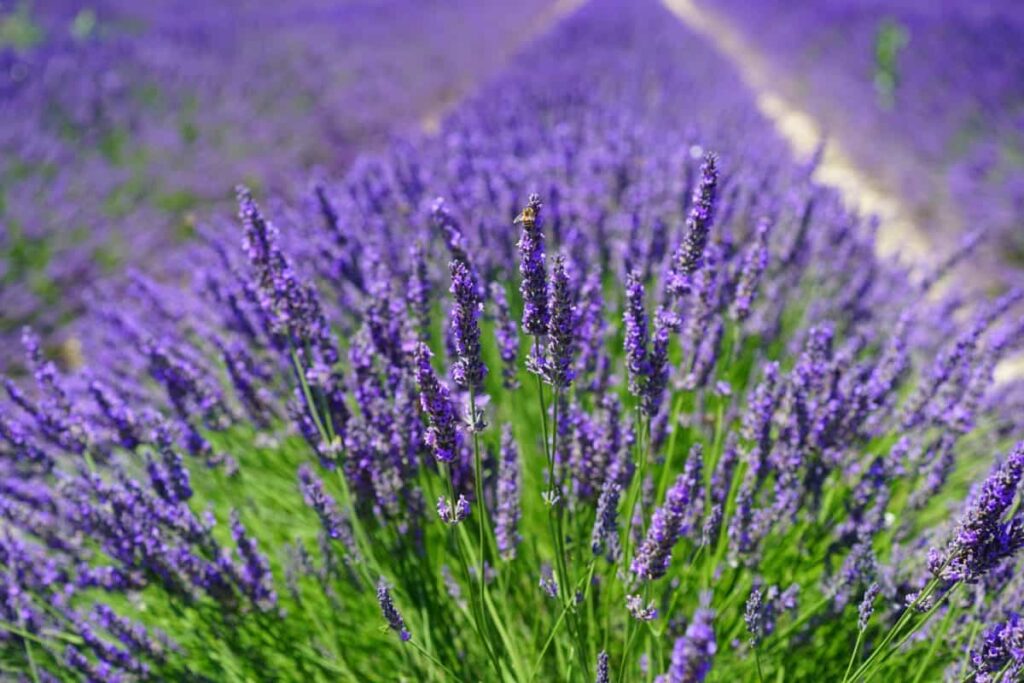
Lavandula x Intermedia (Lavandin) – rated a close second for fragrance. It could probably be said that English Lavender has a finer fragrance, but Lavandin is a bit stronger. Also hardy to zone 5, but maybe a touch more tender than English Lavender. Slightly taller in habit on average, and many varieties are known for distinctively silver foliage. ‘Grosso’, ‘Provence’ and ‘Phenomenal’ are well known and well grown. White through lavender in color. These are sterile hybrids, so they’re all propagated by cuttings.
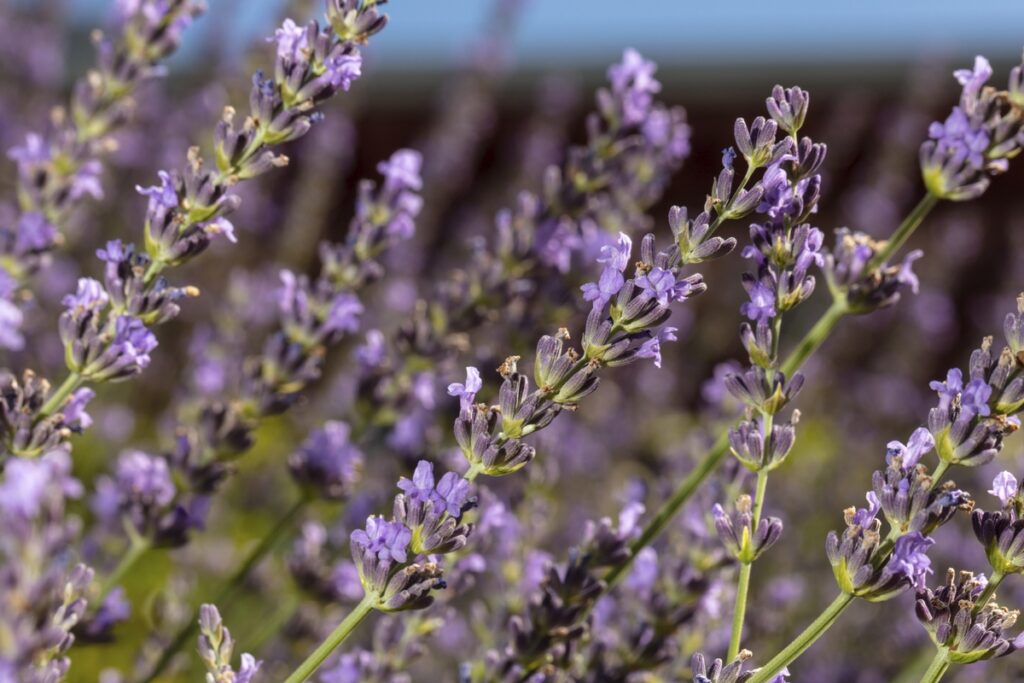
Lavandula stoechas (Spanish Lavender or French Lavender, depending on who you ask. Thus I led with the botanical names) This one is well adapted to warmer climates, even growing as weed in Australia. The fragrance isn’t nearly so nice or intense as the previous two listed, but the flowers are faster and larger and come in a wide range of colors including intense pink and nearly red. Great for seasonal containers. Hardy to zone 6.
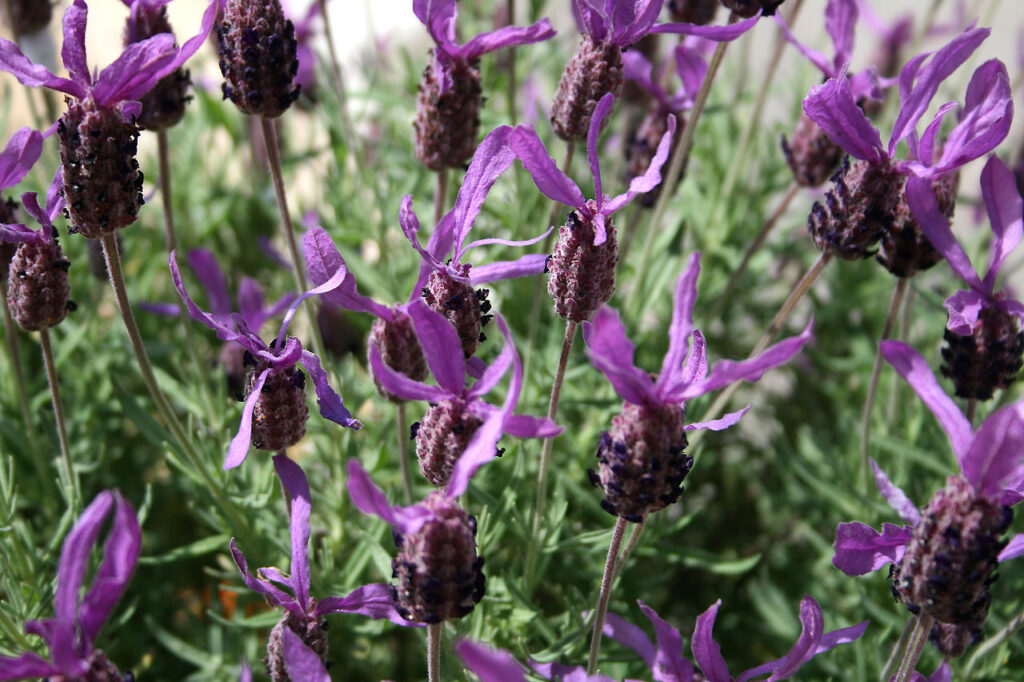
Lavandula dentata (Fringed Lavender) is often sold as an annual container herb in my area because it’s fairly tender. The finely divided foliage makes this ornamental even when it’s not in flower. It’s fragrant, but not nearly so nice to my nose as L. angustifolia or L. x intermedia, and the flowers aren’t quite so nice as any of the above either – so the herb garden or annual planters seems about right to me.
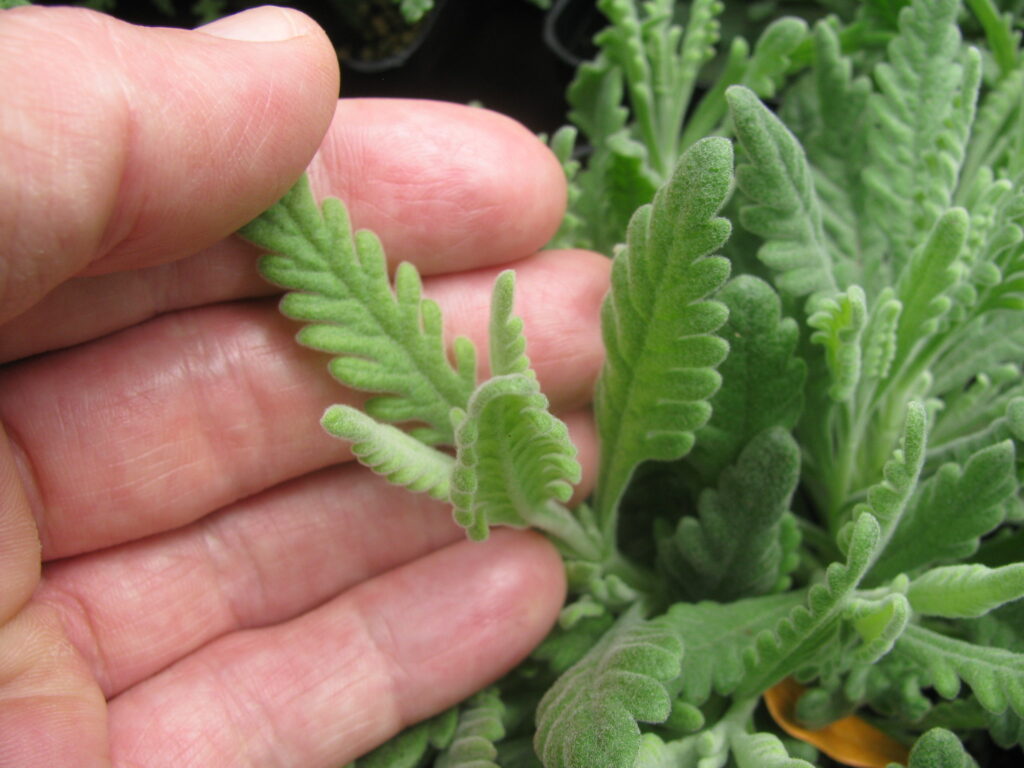
I cover the info on these first four varieties of lavender (with some additional visuals) in this video:
There are a few other lavenders species and hybrids that might be worth trying out if you’re experimenting. One of the parents of the Lavendin varieties is Lavandula latifolia, with an intense camphor fragrance and broad leaves. I’ve also enjoyed L. x chaytorae with extremely silver foliage – very pretty! L. multifida grew easily from seed, and was even more fern-leafed than the fringed lavender listed above.
Perhaps my favorite overall is L. x intermedia ‘Phenomenal’, which combines excellent fragrance, hardiness and vigor in one plant. I do find the Lavendin varieties overwinter even better than the English varieties on my farm, going beautifully dormant and resisting some of the rot I generally see over the cold season.
Since I’ve helped you with your selections, I may as well send you off with a little bit of growing advice with this video:
And if you’ve ever though to try your hand at propagation, lavender is quite an accommodating partner:
